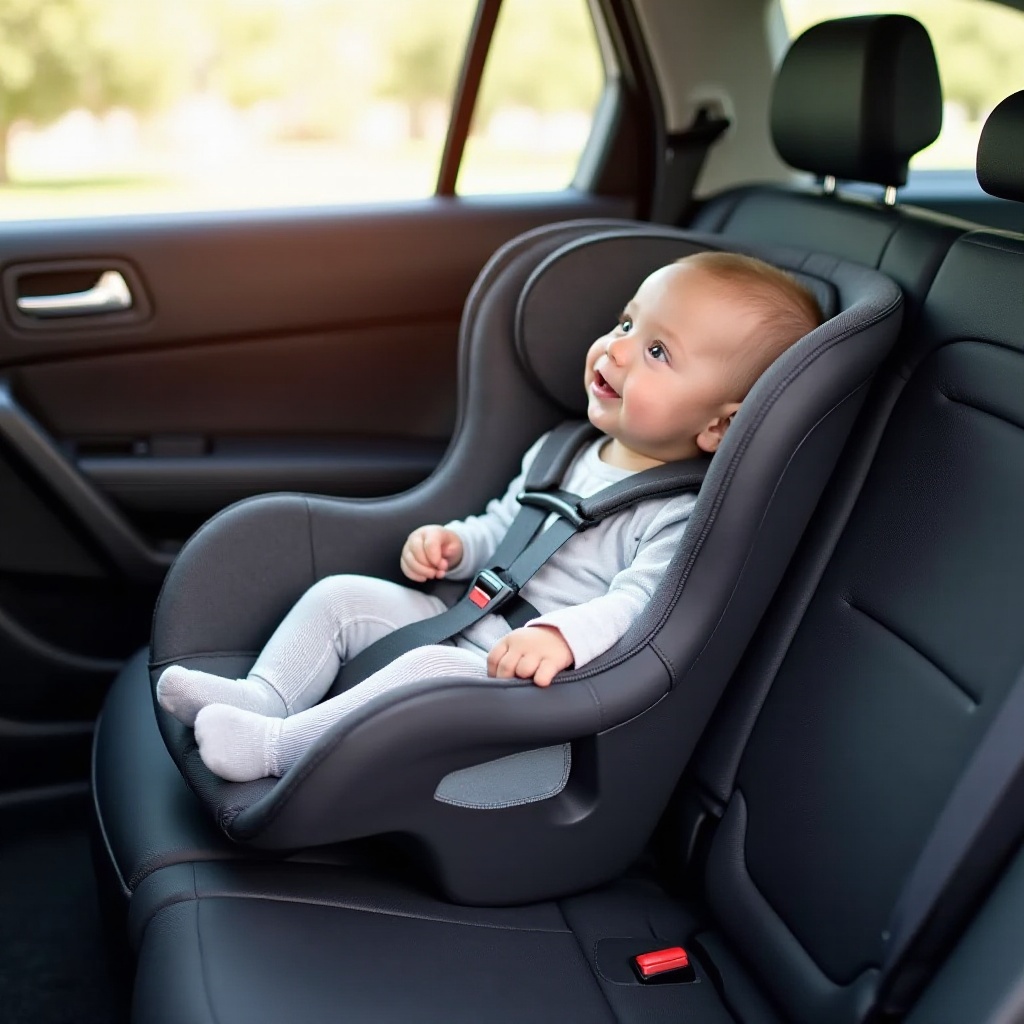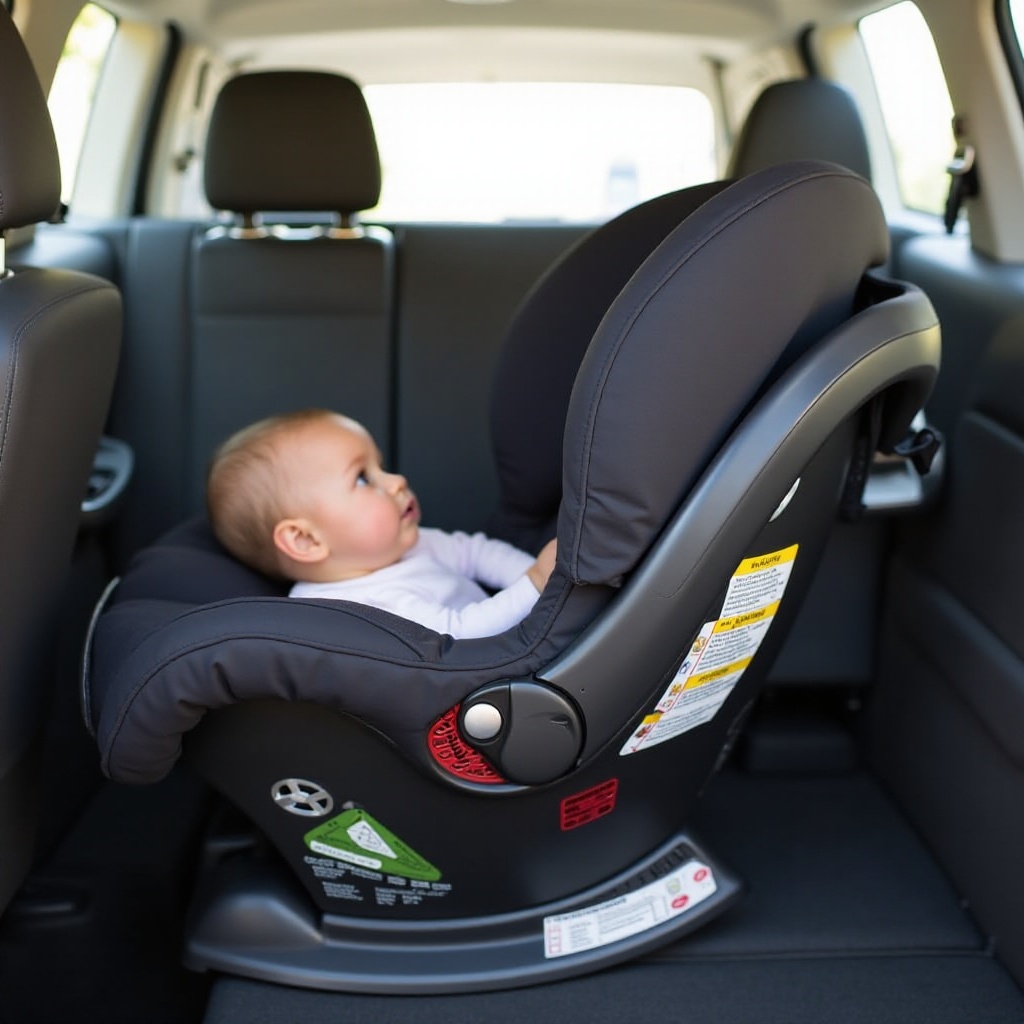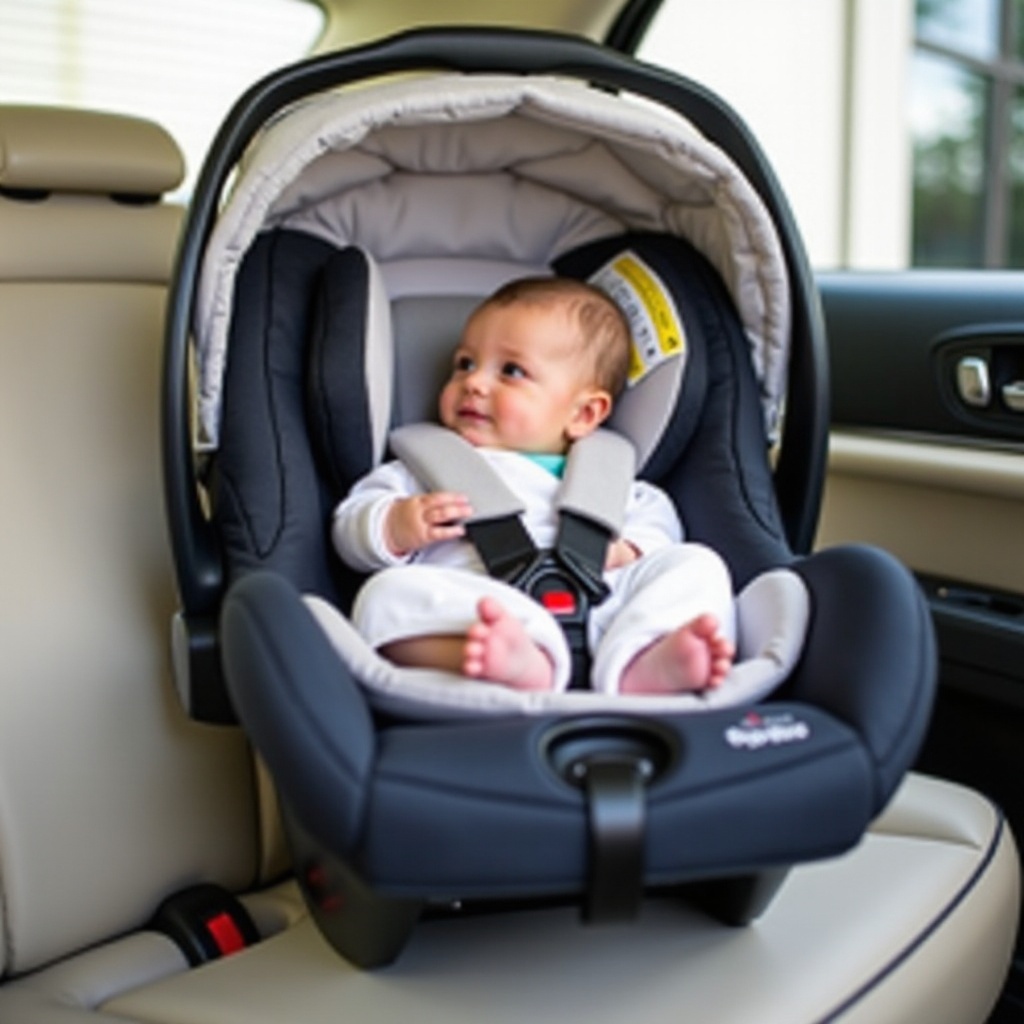Introduction
Finding the perfect car seat for a preemie can be challenging. Premature babies have unique needs, including more delicate heads and bodies, which require special consideration. When choosing a car seat for your preemie, ensuring that it meets the highest safety standards while providing comfort is paramount. This guide will outline essential features to look for, top-rated products, and crucial installation and maintenance tips, ensuring your little one travels safely and comfortably.

Understanding Preemie Needs
Premature babies, or preemies, arrive before the 37th week of pregnancy, which means they typically weigh less and may have underdeveloped lungs, muscles, and other critical aspects of their anatomy. Given these factors, it’s vital to address their unique needs. A car seat specifically designed for preemies offers added support, reducing the chances of respiratory problems and ensuring a snug, secure fit.
The American Academy of Pediatrics (AAP) advises that preemies should undergo a car seat test before hospital discharge to ensure they can breathe safely while seated. This underscores the importance of choosing a seat that accommodates their size and vulnerabilities. When considering a preemie car seat, focusing on safety, comfort, and ease of installation will contribute significantly to the well-being of your newborn.

Key Features of a Preemie Car Seat
Choosing the right car seat for your preemie involves understanding and prioritizing specific features that cater to their unique needs:
- Adjustable Harness System: A car seat with a multi-level harness system allows you to customize the fit to your preemie’s body, ensuring maximum safety and comfort.
- Head and Body Support: Additional padding and support cushions are essential for preemies, preventing their heads from slumping and supporting their fragile bodies.
- Minimum Weight Guidelines: Make sure the car seat is specifically rated for lower weights, typically starting from 4 pounds or less.
- Side-Impact Protection: Enhanced side-impact protection can help absorb the forces of a collision, providing added safety for your preemie.
- Ease of Installation: A seat that is easy to install correctly is crucial; features like a bubble-level indicator and a LATCH system can simplify the process.
- Breathable Fabrics: To prevent overheating, choose a car seat that features breathable, machine-washable fabrics.
Finding a car seat with these features will ensure your preemie has the safest and most comfortable ride possible.
Top 5 Car Seats for Preemies
Product 1: Chicco KeyFit 30 Infant Car Seat
Features:
– Weight range: 4-30 pounds
– ReclineSure Leveling System
– Removable newborn head and body support insert
Pros:
– Easy to install with a spring-loaded leveling foot
– Comprehensive safety features, including EPS energy-absorbing foam
Cons:
– Slightly heavier than some competitors
Product 2: Graco SnugRide SnugLock 35 DLX Infant Car Seat
Features:
– Weight range: 4-35 pounds
– SnugLock technology for a hassle-free installation
– 5-position adjustable base
Pros:
– Can be installed with either seatbelt or LATCH
– Excellent head and body support
Cons:
– The canopy is relatively small
Product 3: Britax B-Safe Gen2 FlexFit Infant Car Seat
Features:
– Weight range: 4-35 pounds
– SafeCell Technology with high-impact protection
– Click & Go installation system
Pros:
– High level of side-impact protection
– Easy to switch between different compatible strollers
Cons:
– May not fit well in smaller vehicles
Product 4: Maxi-Cosi Mico Max 30 Infant Car Seat
Features:
– Weight range: 4-30 pounds
– Air Protect side-impact protection
– Self-wicking fabrics
Pros:
– Lightweight and comfortable
– Easy to clean with machine-washable materials
Cons:
– Higher price point compared to some other models
Product 5: Evenflo LiteMax 35 Infant Car Seat
Features:
– Weight range: 4-35 pounds
– Full Coverage Canopy
– Buckle Pockets to prevent hot buckle burns
Pros:
– Lightweight and budget-friendly
– Good ventilation and comfort features
Cons:
– Harness can be challenging to adjust
Installation Tips and Safety Checks
Proper installation of a preemie car seat is critical for ensuring safety on the road. Follow these steps for a secure and effective setup:
- Read the Manual: Always start by reading the car seat’s manual thoroughly to understand your model’s specific requirements.
- Rear-Facing Position: Ensure the car seat is installed in a rear-facing position until your baby exceeds the height or weight limit recommended by the manufacturer.
- Proper Angle: Use the angle indicator on the base to set the car seat at the correct angle, preventing the baby’s head from falling forward.
- LATCH System or Seatbelt: Depending on your preference, use the LATCH system or the vehicle’s seatbelt to secure the car seat. Ensure that it is tight and doesn’t move more than an inch in any direction.
- Chest Clip Position: Position the chest clip at armpit level for proper restraint in case of a crash.
Regular safety checks and adjustments are also necessary to ensure the car seat remains secure as your preemie grows.
Maintenance Tips for Preemie Car Seats
Keeping your car seat clean and in good condition is essential for the long-term safety and comfort of your preemie.
- Regular Cleaning: Remove and wash the seat cushion and padding according to the manufacturer’s instructions.
- Inspect for Damage: Periodically check for wear and tear, especially the harness and clips.
- Follow Expiry Dates: Car seats have an expiration date, typically 6-10 years from the date of manufacture. Do not use an expired car seat.
By understanding these maintenance aspects, you can extend the lifespan of your car seat and ensure it remains a safe environment for your preemie.
Conclusion
Selecting the best car seat for a preemie involves understanding their specific needs and prioritizing key safety and comfort features. This guide aims to simplify the process, providing you with top product recommendations and essential installation and maintenance tips to ensure the well-being of your little one.

FAQs
How long can a preemie use these car seats?
A preemie can use these car seats until they exceed the maximum height and weight limits specified by the manufacturer. Typically, these seats can accommodate children up to 30-35 pounds.
When should I move my preemie to the next car seat stage?
Move your child to the next car seat stage when they surpass the maximum height or weight limit of the preemie car seat. Transition to a convertible or forward-facing seat as required.
Can preemie car seats be used on airplanes?
Yes, most preemie car seats are FAA-approved for use on airplanes. Check the seat’s specifications and the airline’s policies to ensure compatibility.
By following these guidelines and recommendations, you can confidently choose the best car seat for your preemie, ensuring their safety and comfort in every journey.
Frequently Asked Questions
How long can a preemie use these car seats?
A preemie can use these car seats until they exceed the maximum height and weight limits specified by the manufacturer. Typically, these seats can accommodate children up to 30-35 pounds.
When should I move my preemie to the next car seat stage?
Move your child to the next car seat stage when they surpass the maximum height or weight limit of the preemie car seat. Transition to a convertible or forward-facing seat as required.
Can preemie car seats be used on airplanes?
Yes, most preemie car seats are FAA-approved for use on airplanes. Check the seat’s specifications and the airline’s policies to ensure compatibility.
